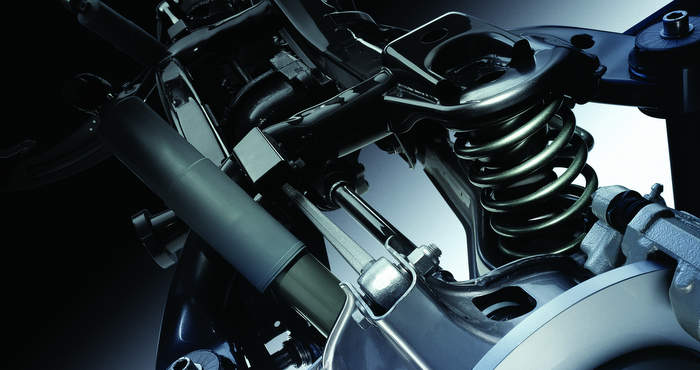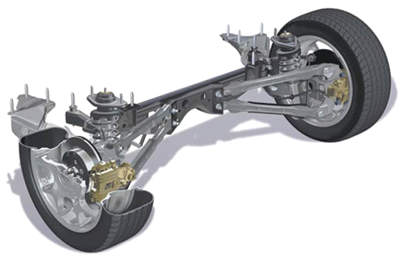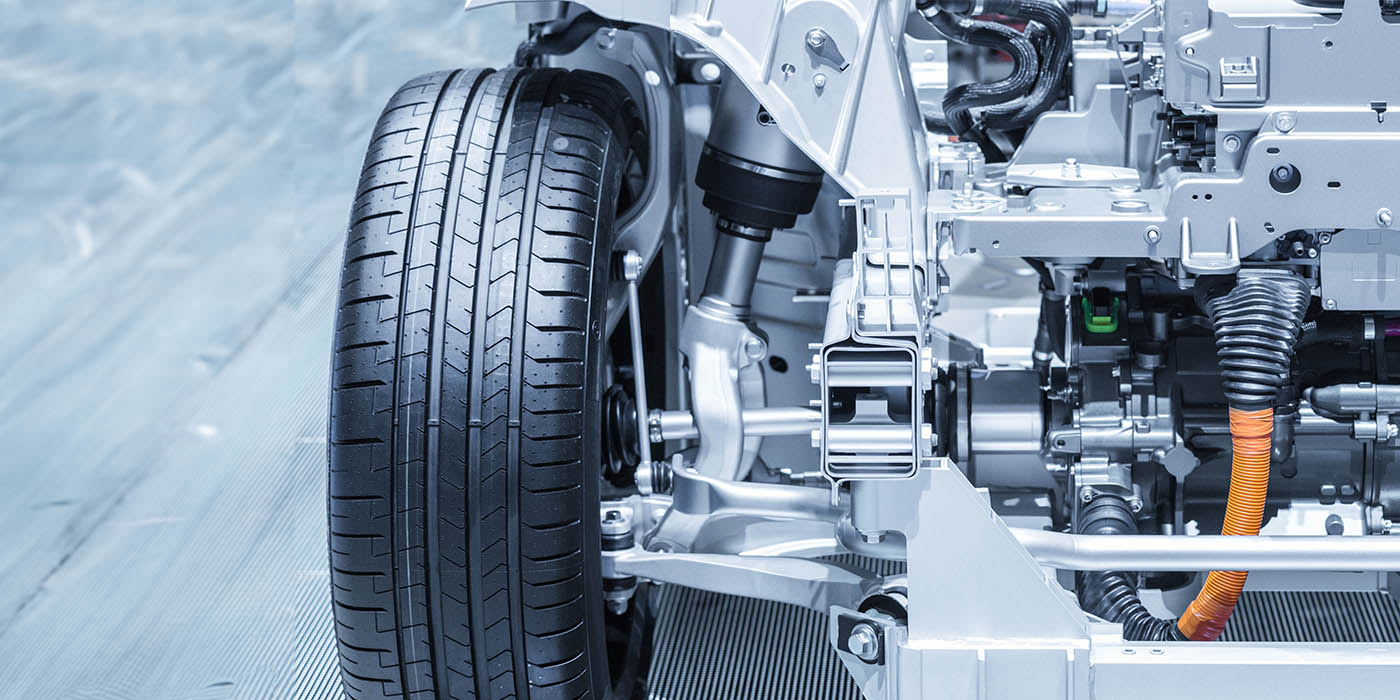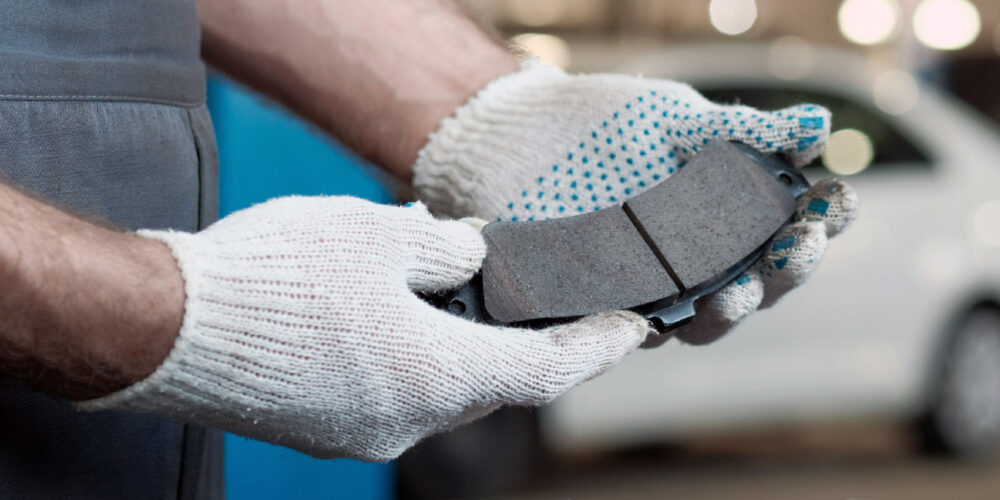
Independent rear suspensions are becoming the norm on cars and SUVs of all sizes. The two main advantages of independent rear suspension are ride and handling. When you’re looking up at one of these from under a lift, keep in mind that alignment angles and the condition of the suspension are all connected in order to give the best possible ride, handling and tire wear.
Dynamic Angles
Alignment angles are not static, which is critical for undercar technicians to understand. Putting a vehicle on the alignment rack and getting the angle measurements is only a small snapshot. This can be an incomplete picture that the technician needs to supplement with a careful inspection and other measurements.
The geometry and pick-up points of a suspension will change in relationship to the road as the vehicle’s pitch and yaw changes. Angles like caster, camber and toe can also influence each other as the driver turns the steering wheel.
Another factor is flex, or compliance, in the suspension and steering system. If a bushing is soft, it will compress and effectively change the suspension pick-up point. If a steering rack bushing is worn, the rack could move and induce bump steer, potentially giving the driver an uncertain feel. Wheel bearings and hub units that have too much play can cause changes in toe and camber. If more than one component has too much play, the tolerances could stack up.
Some of these terms and concepts, like weight transfer and contact patch, you may have only associated with racecars, but today’s sophisticated suspensions are bringing these terms off the track and onto the road.
 Suspension and Weight Transfer
Suspension and Weight Transfer
Suspensions are designed to do more than simply keep passengers comfortable. Transferred weight is absorbed and dampened by the springs, shocks and sway bars. These components are tuned to give the best possible tire contact patch. If the forces of weight transfer are not absorbed by the suspension system, the tire contact patch will be quickly expended, which could result in a sudden loss of adhesion.
Geometry
While the suspension is absorbing the force of weight transfer and conveying it as a controlled vertical load to the tire, the control arms, links and related components are working to maximize the geometry and give the best possible contact patch as the ride height and body attitude changes.
This understanding of weight transfer and tire performance can now be applied to the vehicle’s suspension and steering system.
When a vehicle is engineered, even before the first production prototypes are built, the suspension, steering systems and chassis are tested on a computer. The testing “virtually” measures the suspension angles under the full range of motion. The tests will also take into account dynamics such as weight transfer and body roll.
From this information, the engineers will tune alignment settings. These computer models determine the specifications and tolerances you see on an alignment console. This is a snapshot of the settings for that moment in time when no outside forces are acting on the vehicle.
Dynamic changes in camber can be difficult for some technicians to visualize. At speed, in a corner, the car’s body rolls (leans) to the outside of the corner. This lean and change in ride height is used by the suspension to change the camber to maximize the contact patch at that moment.
Wheels do not move straight up and down without any changes in camber. Trailing arms and suspension links move in different radiuses and arcs that affect camber. To make this easier to understand, stick your arm out and move it up and down. Notice that it doesn’t move in a straight line. Instead, it travels in a circle or arc. Engineers use this effect to induce dynamic camber.
On some of the BMW SUVs like the X5, the rear camber is -1.8º. This angle can change dramatically (along with the toe) under braking, acceleration and loads. These angle changes give the vehicle better stability while also optimizing tire wear.
The dynamic camber only works right if the vehicle is in proper working order. If the ride height is wrong, static alignment angles are out of spec or suspension components have too much play, the whole geometry will be off and the car will have less control. This is why worn shocks, struts and springs could lead to longer braking distances and diminished handling.
Combining Camber and Caster
Camber is influenced by caster when the steering wheel is turned. This relationship is called camber roll. Caster in a spindle will cause the hub and wheel to move up and down as the steering wheel is turned. This is why it’s important to keep the steering wheel straight when making a camber adjustment.
If the spindle moves downward due to caster, camber moves in the positive direction. If the spindle moves upward due to caster, camber will move in a negative direction. This effect can help to improve handling, while allowing for a neutral camber specification.
Having a grasp on the role of alignment angles and their effect on chassis dynamics when a car is braking and turning is critical for completing the total alignment and steering system picture. Understanding what happens when the vehicle leaves the alignment bay can help you to diagnose problems faster and make more alignment-related sales.













